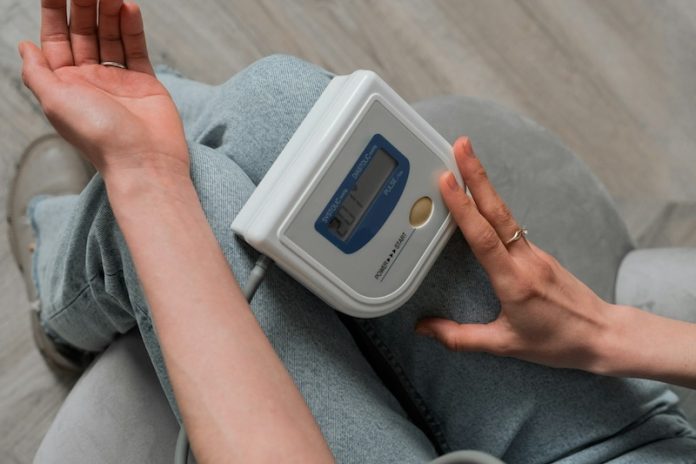
You know how doctors measure blood pressure, right? They strap a cuff around your arm, inflate it until it’s tight, then slowly release the air while listening with a stethoscope. This method has been the standard for years.
However, scientists now suggest that this cuff method might not be as accurate as we thought, especially for people with mid-range blood pressure. This inaccuracy could mean some people at risk of heart disease might not be receiving the necessary help.
Scrutinizing Old and New Data
In their study, scientists reviewed data from numerous studies dating back to the 1950s. They compared the cuff blood pressure readings of over 2,500 people to readings obtained using a more accurate method known as invasive blood pressure measurement.
They discovered that it’s unclear if the cuff method accurately measures the pressure in the arm arteries or the pressure in the aorta, the large artery near the heart.
The Pressure Puzzle
The pressure in the aorta is crucial because it’s what your organs, like your heart and brain, actually experience.
If there’s a significant difference between the pressure in the arm and the aorta, doctors might make incorrect decisions regarding diagnosis and treatment. The pressure can vary by as much as 25 mmHg between these two spots, which is substantial.
The Pressure Point
The team found that the cuff method was fairly accurate when compared to the gold standard invasive method in people with either very low blood pressure (below 120/80 mmHg) or very high blood pressure (160/100 mmHg or higher). These represent the extremes of the blood pressure scale.
However, for individuals with mid-range blood pressure, specifically systolic (top number) readings of 120 to 159 and diastolic (bottom number) readings of 80 to 99 mmHg, the accuracy was significantly lower.
The cuff method was accurate only about half the time for these individuals. This means that people with mid-range blood pressure readings might not get an accurate picture of their actual blood pressure.
An Ongoing Search for Accuracy
Despite the accuracy issues found in the study, there’s no need to worry. We know that lowering high blood pressure with medication helps prevent strokes, heart attacks, and other health problems.
The cuff method is still useful, but we might be able to help even more people if we could measure blood pressure more accurately.
Stay informed about your blood pressure and consider exploring ways to keep it healthy, such as fasting or early time-restricted eating. Keep an eye out for new research and treatment ideas.
This study was published in the Journal of the American College of Cardiology. It’s just one piece of the puzzle in the ongoing quest to better understand and manage blood pressure.
If you care about high blood pressure, please read studies about what to eat and to avoid for high blood pressure, and 12 foods that lower blood pressure.
For more health information, please see recent studies about the connection between potato and high blood pressure, and how to eat your way to healthy blood pressure.
Copyright © 2024 Knowridge Science Report. All rights reserved.



